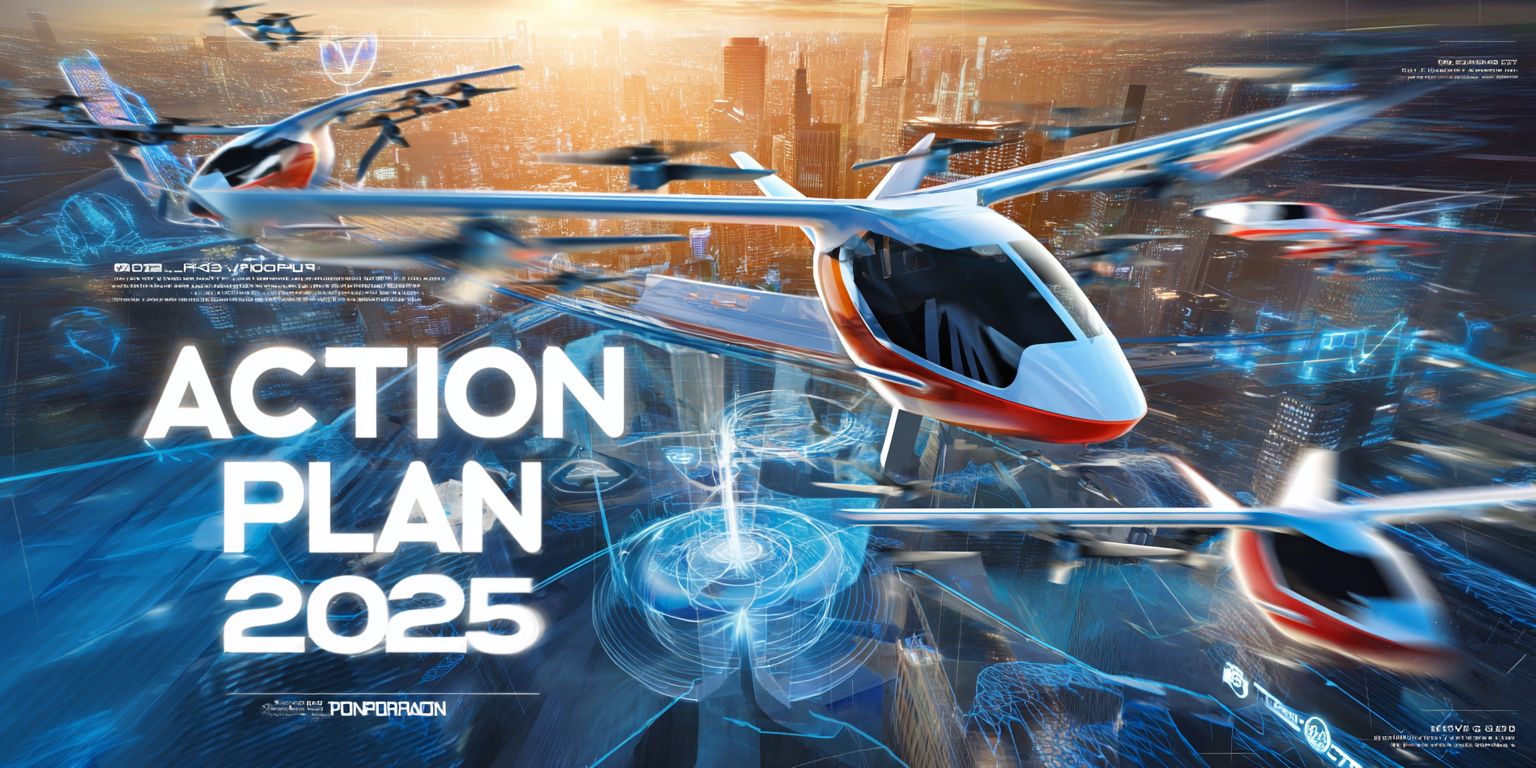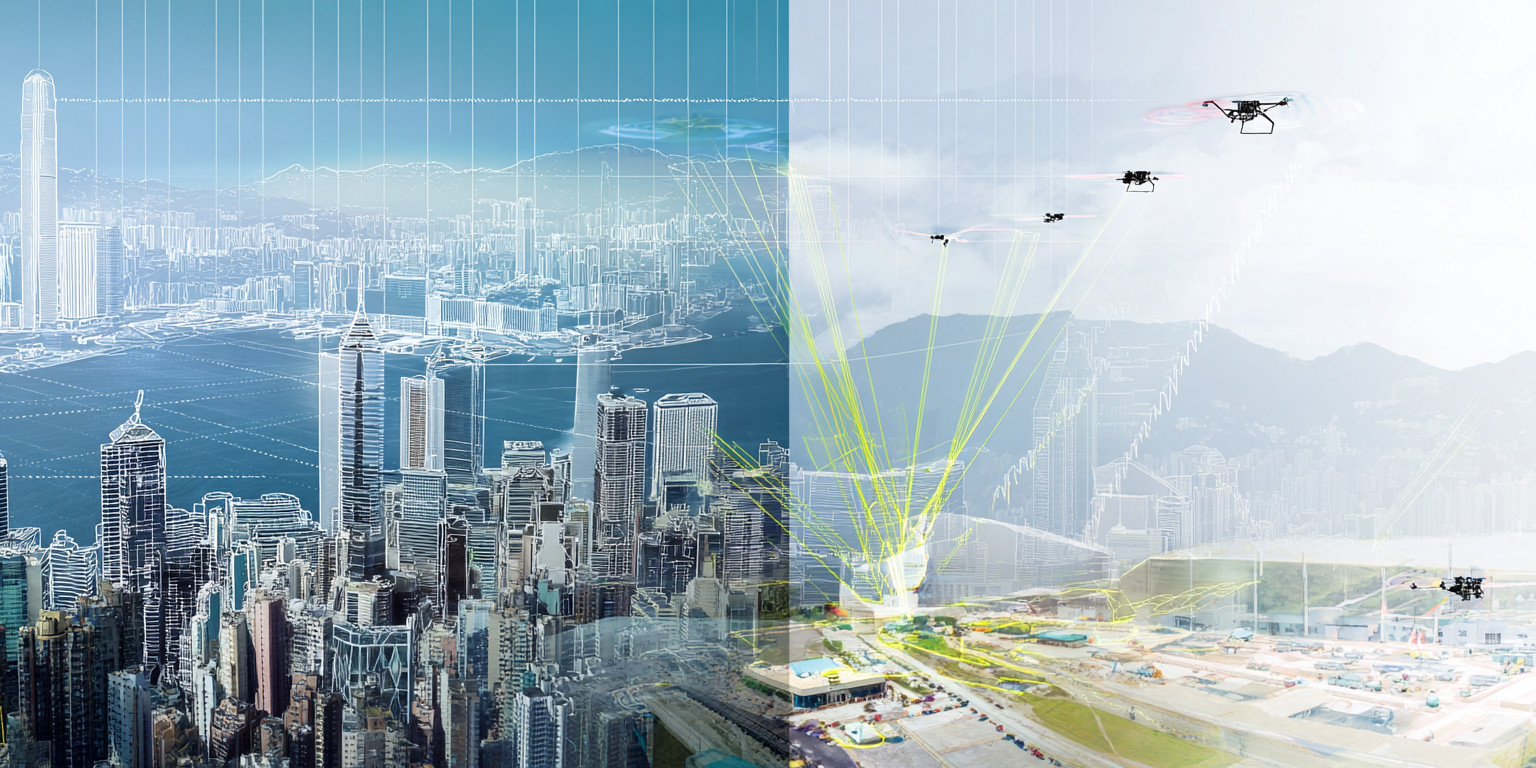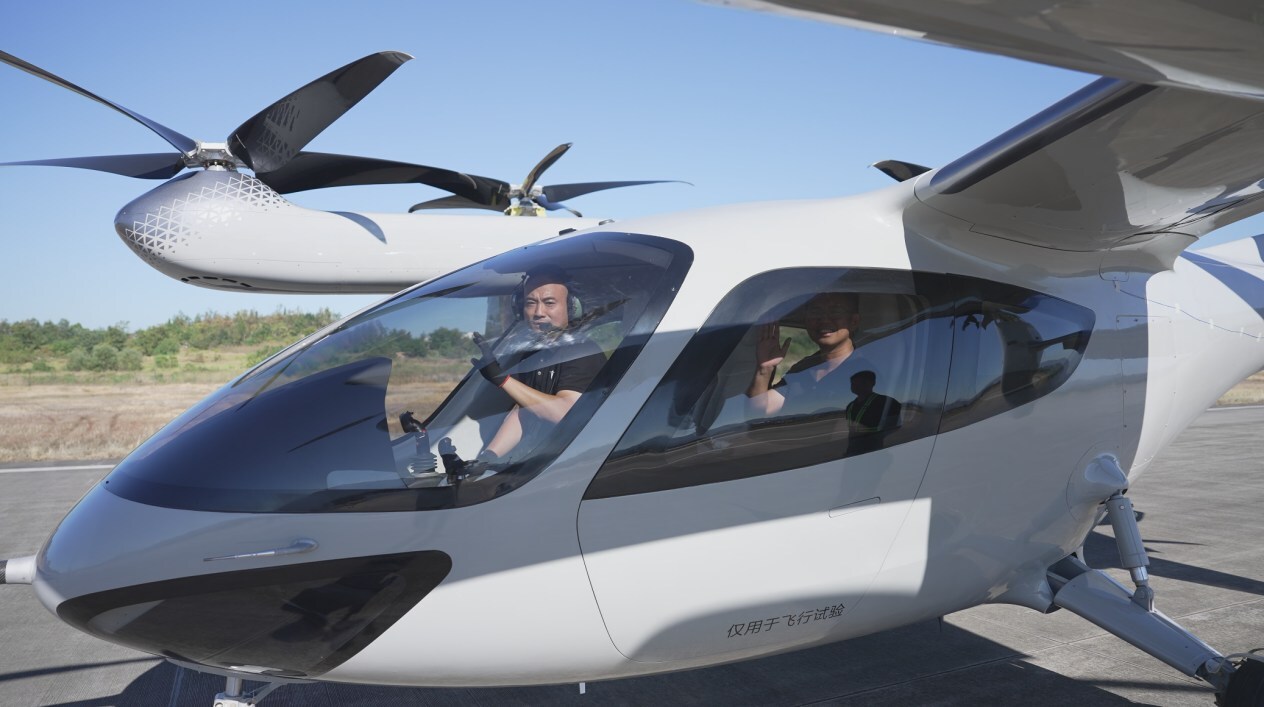You're stuck in Houston traffic at 5:30 PM, watching brake lights stretch endlessly ahead. Your important meeting downtown begins in an hour, and you’re barely moving. But what if you could walk to a nearby terminal, board a vertical takeoff aircraft, and reach your destination in 15 minutes? That future is happening right now, and it’s closer than you think.
The partnership announced this week between Wisk Aero and Signature Aviation isn’t just another business deal. It’s the infrastructure foundation that could make autonomous air taxis as common as Uber rides. And here’s what makes it fascinating: this isn’t about building everything from scratch. It’s about taking what already exists and making it work for the future.
What Makes This Different
Signature Aviation operates the world’s largest network of private aviation terminals, with over 200 locations across 27 countries and more than 120 sites in the United States alone. When you fly private, chances are you’ve used one of their facilities without even realizing it. Now, they’re expanding that vast infrastructure to support autonomous aircraft.
But this partnership goes way beyond just providing landing pads. Wisk’s Generation 6 aircraft is completely autonomous – no pilot on board, just passengers. That changes everything about how these aircraft need to be supported on the ground.
Consider this: when there's no pilot to handle pre-flight checks or communicate with ground control, the infrastructure needs to perform all of those tasks automatically. Wisk operates its aircraft from ground-based Fleet Operations Centers, where human supervisors monitor multiple aircraft simultaneously. Consequently, every landing site requires sophisticated communication systems, automated ground support, and integration with air traffic management that doesn't exist for traditional helicopters.
The Low-Altitude Economy Takes Shape
This partnership represents a vital piece of what experts call the low-altitude economy, commercial activities conducted in airspace typically below 1,000 meters above ground level. This industry was valued at approximately $4.6 billion globally in 2024 and is projected to reach $23.5 billion by 2030.
The low-altitude economy includes everything from drone deliveries and emergency medical services to tourism and urban air mobility. But passenger-carrying air taxis represent the most complex and potentially lucrative segment. Success here requires not just the aircraft, but an entire ecosystem of infrastructure, operations, and regulatory frameworks.
The numbers tell the story of rapid growth. Current market analysis shows 366 contracted vertiport projects worldwide, with plans to reach 1,044 vertiports by 2028. The eVTOL aircraft market itself is projected to grow from $0.76 billion in 2024 to $4.67 billion by 2030. Some projections push even further, suggesting the market could reach $170 billion by 2034.
Why Houston, Los Angeles, and Miami?
Wisk chose its three launch markets wisely, and Signature’s presence makes perfect sense. Houston faces notorious traffic congestion, with the extra travel time penalty due to congestion in U.S. metropolitan areas increasing from 24% in 2007 to 33% in 2018. Los Angeles and Miami have similar challenges, plus geographic features that make air routes particularly attractive.
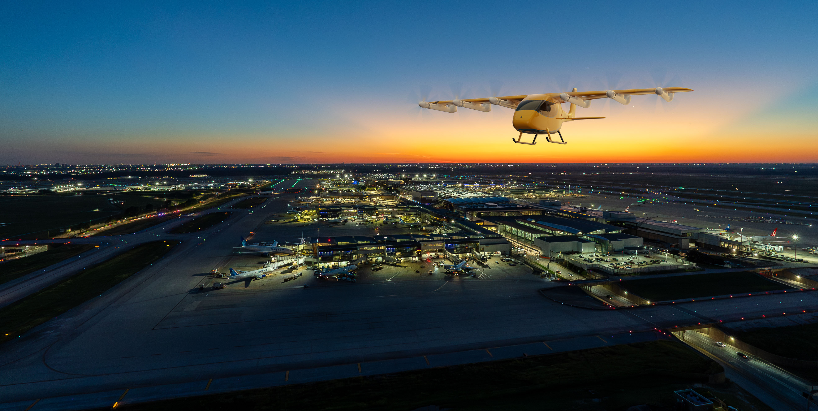
Houston’s Ellington Airport has become the testing ground for this partnership. It’s where Wisk and Signature are working out the practical details of autonomous operations: how passengers board, how aircraft charge, how ground systems communicate with the Fleet Operations Centers, and how to integrate with existing air traffic control.
The choice of Ellington is wise. It’s close enough to downtown Houston to be useful, but far enough from the major commercial airports to avoid complex airspace issues. Plus, Wisk already has relationships with the Houston Airport System and the City of Sugar Land, giving them local regulatory and political support.
Real-World Operations
What will this look like for passengers? Based on the partnership plans, here’s how a typical flight might work:
You’ll use an app to book a flight from Houston’s Galleria area to downtown. The app directs you to Signature’s facility at one of the area airports. You arrive, check in with professional ground staff, and wait in a comfortable terminal. Your autonomous aircraft arrives, charges for 15 minutes, and undergoes automated pre-flight checks.
You board with three other passengers. There’s no pilot, but you have communication with ground-based supervisors who monitor the flight. The aircraft takes off vertically, transitions to forward flight, and cruises at 120 knots about 1,000 feet above ground level. The flight takes 12 minutes instead of 45 minutes by car. You land at a vertiport near downtown, check out through the app, and continue to your destination.
The aircraft immediately begins charging for the next flight. Total turnaround time: 20 minutes, including passenger boarding, charging, and system checks. With multiple aircraft operating from each vertiport, flights could depart every few minutes during peak hours.
The Generation 6 Advantage
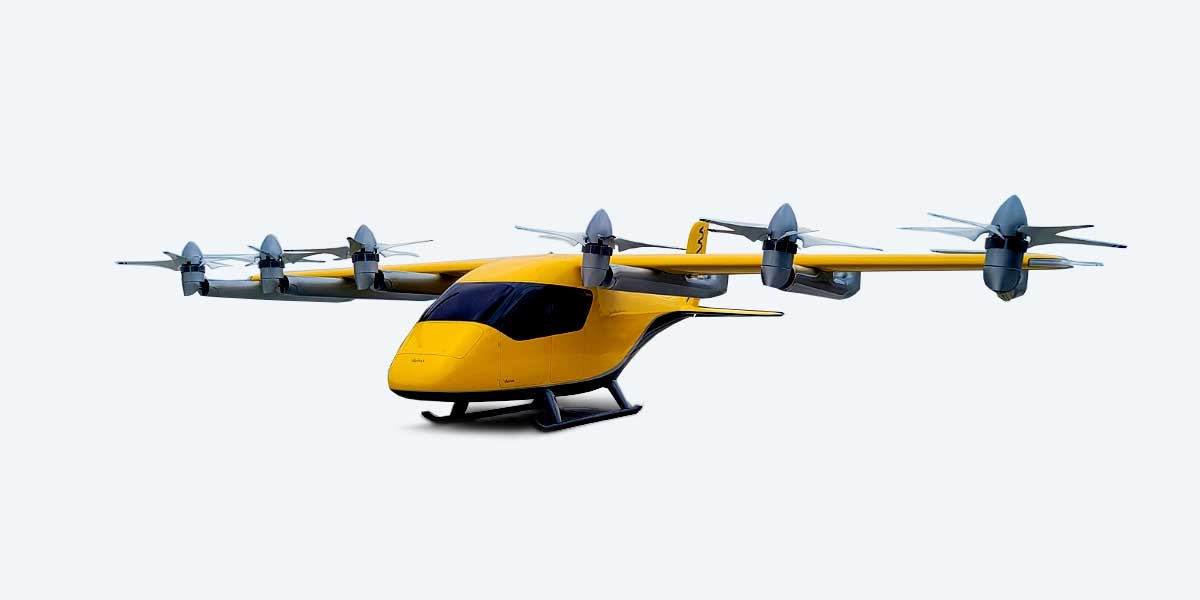
Wisk’s Generation 6 aircraft is purpose-built for this new industry. It carries four passengers with a 90-mile range and can cruise at 110-120 knots. But the real innovation is in the details.
The aircraft uses 12 propellers in a distributed electric propulsion system – six tilting propellers in front that provide both vertical lift and forward thrust, plus six rear propellers that only provide vertical lift. This design reduces noise dramatically compared to helicopters while providing redundancy for safety.
Here’s where the noise issue becomes crucial for the low-altitude economy. Traditional helicopters produce around 87 decibels on the ground at 500 feet of altitude. That’s loud enough that most cities restrict helicopter operations over populated areas. But eVTOL aircraft like Wisk’s Generation 6 produce about 45 decibels when flying overhead at 500 meters – somewhere between a refrigerator and moderate rainfall.
That 20-25 decibel reduction means eVTOLs are four to five times quieter than helicopters to people on the ground. It’s the difference between aircraft that are too noisy for regular urban operations and aircraft that can blend into the city background noise.
The 15-minute recharging capability is equally important. Traditional helicopters need longer turnaround times for refueling and maintenance checks. Fast recharging enables the high-frequency operations that make air taxi services economically viable – potentially multiple flights per hour from the same aircraft.
Wisk Generation 6 eVTOL Specifications
| Specification | Value/Description |
| Aircraft Type | Autonomous eVTOL (electric Vertical Takeoff and Landing) |
| Passenger Capacity | 4 passengers |
| Crew | None (fully autonomous with ground supervision) |
| Total Propellers | 12 total |
| Front Propellers (Tilting) | 6 (provide vertical lift and forward thrust) |
| Rear Propellers (Fixed) | 6 (vertical lift only, lock during cruise) |
| Wingspan | Under 50 feet |
| Range (with reserves) | 90 miles |
| Cruising Speed | 110-120 knots |
| Maximum Altitude | Up to 4,000 feet |
| Typical Operating Altitude | Approximately 1,000 feet above ground level |
| Propulsion System | Distributed electric propulsion |
| Power Source | All-electric battery system |
| Charging Time | Approximately 15 minutes |
| Noise Level (500m altitude) | ~45 decibels (4-5x quieter than helicopters) |
| Safety Standard Target | Equivalent to commercial aviation standards |
| Certification Status | Progressing through FAA Type Certification |
| Launch Markets | Houston, Los Angeles, Miami |
| Expected Service Entry | Target 2027 (pending certification) |
The Economics of Existing Infrastructure
The genius of partnering with Signature is avoiding the enormous upfront costs of building vertiports from scratch. Land acquisition in urban areas costs millions, specialized facility construction adds more millions, and advanced systems installation pushes costs even higher.
Instead, Signature’s existing terminals already have many necessary components: secure passenger areas, aircraft parking and servicing capabilities, air traffic control coordination, and ground transportation connections. The alliance focuses on adding the specific requirements for autonomous operations rather than building entirely new facilities.
This approach could accelerate deployment by years. Building new infrastructure typically takes 3-5 years from planning to operation. Retrofitting existing facilities could cut that to 12-18 months, in a rapidly evolving industry where first-mover advantages matter enormously, and that time savings could determine which companies succeed.
The infrastructure model also addresses one of the low-altitude economy’s biggest challenges: achieving sufficient density of operations to be economically viable. Passengers won’t use air taxis if they have to drive 30 minutes to reach a vertiport. But with Signature’s extensive network, vertiports could be positioned within 15-20 minutes of most urban and suburban areas.
Autonomous Operations Change Everything
Most other eVTOL companies are developing piloted aircraft for their initial operations. Archer, Joby, and Eve are all planning to launch with human pilots on board. Wisk is betting on full autonomy from day one.
That creates unique infrastructure requirements. When Joby or Archer launch operations, their pilots can handle many operational tasks: pre-flight inspections, communication with ground control, passenger briefings, and emergency procedures. The infrastructure mainly needs to provide charging, passenger handling, and basic maintenance support.
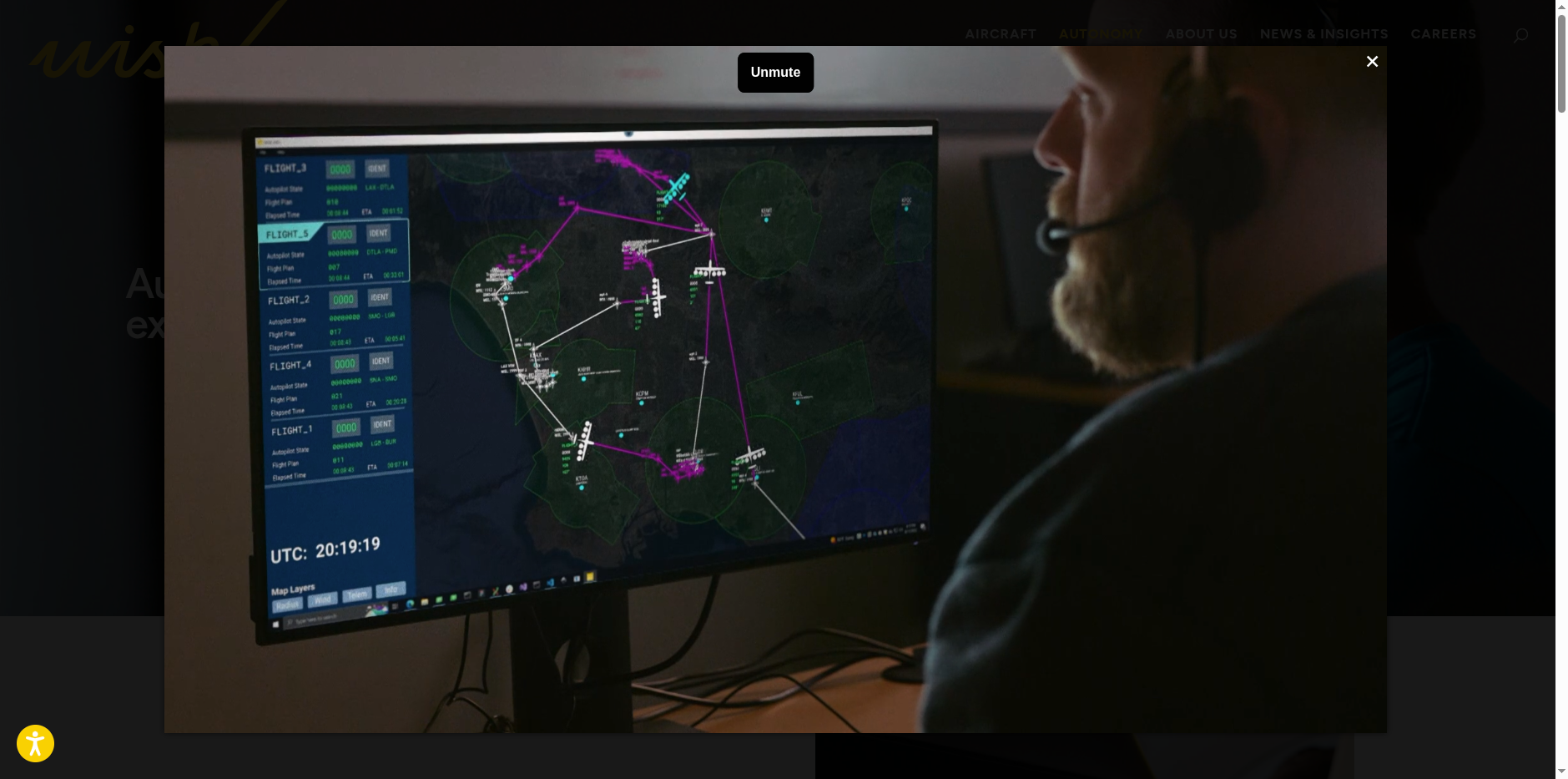
Wisk’s autonomous operations demand much more sophisticated ground systems. Every function a pilot would typically handle must be automated or controlled remotely from the Fleet Operations Centers. That includes aircraft systems monitoring, flight path coordination, passenger communication, and emergency response procedures.
The agreement with Signature addresses these complexities by developing comprehensive operational frameworks specifically for autonomous flight. This includes passenger experience design – how do you help nervous passengers board an aircraft with no pilot? – as well as maintenance procedures and integration with air traffic control systems.
Safety Standards and Public Acceptance
Commercial aviation achieved its remarkable safety record – fatalities of just 1 per 13.7 million passenger boardings in 2018-2022 – through decades of rigorous regulation, extensive training, and continuous improvement. Autonomous aircraft must meet these same safety standards while introducing entirely new technologies.
Wisk targets safety metrics equivalent to commercial aviation, the highest standard in the industry. Their distributed electric propulsion system provides multiple redundancies, allowing safe operation even with propeller failures. The ground-based supervision model means that even if aircraft systems malfunction, human operators can intervene immediately.
But technical safety is only part of the challenge. Public acceptance requires demonstrating not just that autonomous aircraft can fly safely, but that people will trust them. Studies show that unfamiliarity and uncertainty about autonomous systems remain significant barriers to public acceptance.
Working together helps address these concerns through familiar, professional ground operations. Passengers will board at established aviation facilities with trained staff, security procedures, and professional service standards. That familiarity could ease the transition to autonomous flight.
Competition and Market Timing
Wisk isn’t alone in pursuing infrastructure alliances. Eve Air Mobility signed a similar agreement with Signature Aviation in December 2024 to research ground operations requirements. Archer Aviation has alliances with Atlantic Aviation, Jetex, and other FBO networks. The race is on to secure the best infrastructure locations.
The competitive landscape is intensifying globally. China’s low-altitude economy reached $70 billion in 2023, with government projections exceeding $138 billion by 2026. European companies are advancing rapidly through EASA certification processes. American companies need to move quickly to maintain technological and market leadership.
The regulatory environment adds urgency. The FAA has published new guidance for powered-lift aircraft certification, but the timeline for actual certifications keeps extending. Current projections suggest the first eVTOL aircraft might not receive FAA certification until 2027 or later. Companies that build infrastructure partnerships now will be positioned to launch operations as soon as certification is approved.
Challenges and Unknowns
The integration with existing airspace systems requires continued collaboration with regulatory authorities. Managing autonomous aircraft alongside traditional aviation operations demands sophisticated coordination systems that are still under development. The complexity of creating new air traffic management procedures for low-altitude autonomous operations cannot be understated.
Infrastructure costs remain substantial despite efficiency gains from using existing facilities. Autonomous operations require specialized ground control systems, communication networks, and monitoring capabilities that represent significant upfront investment even when integrated with existing terminals.
Weather operations present another challenge. Commercial aviation has decades of experience operating in various weather conditions. However, autonomous eVTOL operations in low-altitude urban environments face unique challenges from wind, turbulence, and precipitation that are still being studied and understood.
The Bigger Picture
The Wisk-Signature deal demonstrates how the low-altitude economy will likely develop: through strategic integration of new technologies with existing infrastructure and expertise. This model of evolution, rather than revolution, may prove more practical and cost-effective than building entirely new systems.
Success here could accelerate the entire industry. If autonomous air taxis can demonstrate safe, reliable, cost-effective operations at scale, it validates the business model for other companies and applications. The low-altitude economy extends far beyond passenger transport to cargo delivery, emergency services, and specialized applications that all depend on similar infrastructure and operational frameworks.
What Happens Next
The partnership moves into detailed planning and development phases throughout 2025. Work at Ellington Airport will establish operational procedures, infrastructure requirements, and passenger experience protocols that can be replicated across Signature’s network. Regulatory discussions with the FAA will continue to address the unique requirements of autonomous operations.
Commercial operations depend on aircraft certification, which appears unlikely before 2027 based on current FAA timelines. But the infrastructure development work happening now means that when certification is approved, operations can begin quickly rather than requiring years of additional preparation.
The success of this partnership will likely influence similar collaborations across the industry. If Wisk and Signature can demonstrate that autonomous air taxi operations are practical, safe, and economically viable, it will establish a template that other companies can follow.
Building Tomorrow’s Transportation
The low-altitude economy is no longer a distant concept. It’s happening now, with real companies, real aircraft, and real infrastructure projects. This partnership shows how established aviation expertise can accelerate the development of new technologies and business models.

